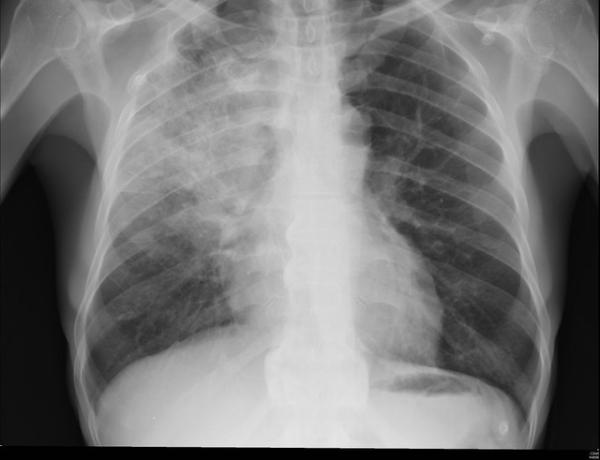One of the takeaway lessons from the opioid epidemic was that physician’s prescribing behavior often lags behind recommendations. First, we offered too few pain medications, then the pendulum swung in the opposite direction, and we wrote too many. A similar phenomenon involves the prescription of antibiotics, and while it has not garnered as much attention, perhaps it should.
Dirty Little Secret
While all medical students take a course on pharmacology, you do not begin writing prescriptions until near the end of school. In those circumstances, you turn to the most reliable source available, your Merck manual (yes, I am showing my age, I am sure there is a similar app available today) or the intern or resident you have been shadowing. They inform you as to the dosage and duration, which they learned, from their intern and so on back through time perhaps to Constantine, the first official to declare a week seven days. Think about it, when was the last prescription for antibiotics for less than a total of 7 days. The only exception that comes readily to mind is the Z-pack, a 5-day course of azithromycin.
The literature on infectious disease has found that shorter courses of antibiotics for most common conditions are just as effective as those 7 to 10-day regimens. The rule of thumb for physicians is that 48 hours after the patient is afebrile and clinically stable, you can stop treatment – typically, but not always five days. And while it may not have been clinically proven, the longer you remain on antibiotics, the higher the likelihood of an adverse reaction or development of antibiotic-resistant organisms.
With that context in mind, the researchers studied patients treated in the hospital for pneumonia. The study involved the Michigan Hospital Medicine Safety Consortium, a network about 50% of Michigan’s nonfederal hospitals. [1] Patients all had a diagnosis of community or hospital-acquired pneumonia, evidence of pneumonia on examination and at least a 4-day hospital course of antibiotics. [2] Excessive days were defined as any course of treatment longer than national guidelines, and because of the vagaries in how this data is computed, you were compliant if the prescription was within a day of the recommendation. Outcomes came from medical records as well as 30-day follow up telephone conversations with patients. The study included 87% of eligible patients, roughly 6500 with a median age of 70, and about 75% had a community-acquired pneumonia. [3]
- Two-thirds had excessive antibiotics prescribed for a median of two days. As with all collaborations, some hospitals did better (4% excess prescriptions) than others (95% excess prescriptions).
- 93% of the excess duration was from antibiotics prescribed at discharge. Only a third of patients had the length of treatment documented in their discharge summary.
- Excess therapy did not increase mortality, readmission, or emergency care. Physicians did not report increases adverse effects, but patients did complain of more diarrhea or gastrointestinal distress – 38% for inappropriately long prescriptions and 31% for appropriate ones.
We can conclude that physicians may be overprescribing antibiotic coverage.
It is interesting to note which patients were excessively treated, it is, to my mind, a window into physician thinking. In general, excess therapy was directed at “high risk” patients. High risk was not quantified but impugned by a longer hospital stay, patients with positive diagnostic testing especially those with worrisome symptoms like producing phlegm, patients who had already been on antibiotics within the last 90 days who might have a "superinfection," academic affiliation and inadequate documentation of the length of treatment before discharge.
By and large, the problem with the excessive prescription of antibiotics surrounds hospital discharge. Without a known treatment length, at least as determined by the discharge summary, “the clock seemed to restart,” 44% of the excessive treatment included another 5 to 10 days, a “full” course of antibiotics after discharge. You would think this is an easy fix, couldn’t we get the vaunted, expensive electronic health record to calculate and tells us how many more days of antibiotics were recommended? But that doesn’t seem to be our “workflow.” Like other professions, we use our judgment, at times flawed, to make decisions. If the AI people are looking for a problem, this issue of antibiotic duration is a good starting point, nothing fancy, no machine learning, just a simple reminder of how long we have been treating and what the guidelines suggest.
[1] I would add that this group is supported by Blue Cross Blue Shield of Michigan because they know that supporting quality improvement is better for patients and their bottom line. It would be nice to see other insurers “giving back” in the same way and health systems agreeing to collaborate rather than compete.
[2] This was necessary because the federal government has penalized hospitals for not starting antibiotics for “pneumonia” within an hour of admission. Pneumonia can be confused with other conditions, like heart failure, so to escape the penalty, hospitals start antibiotics and stop them once an ambiguous diagnosis is clarified a day or so later.
[3] The distinction is made between community and hospital-acquired pneumonia because the suspected microbe differs.
Source: Excess antibiotic treatment duration and adverse events in patients hospitalized with pneumonia Annals of Internal Medicine DOI: 10.7326/M18-3640




